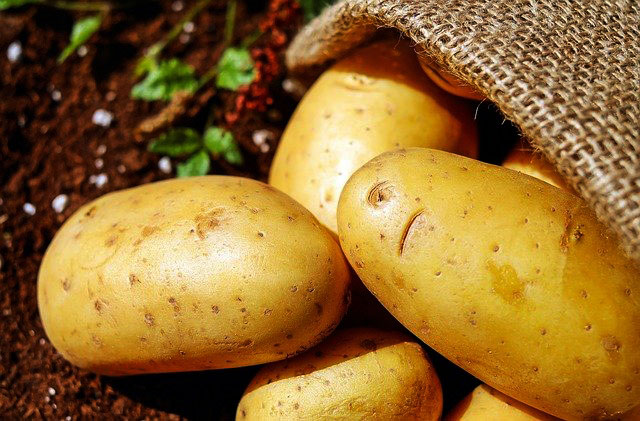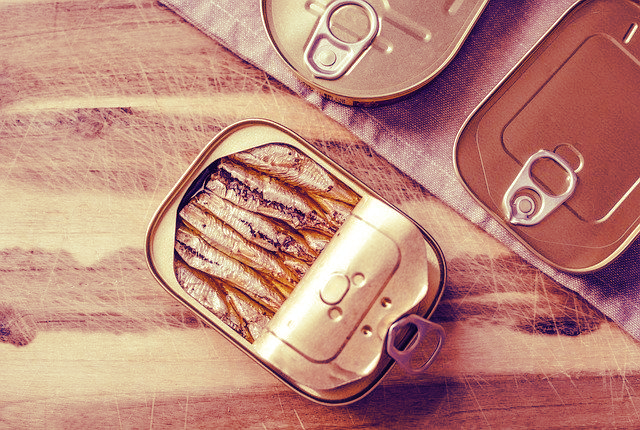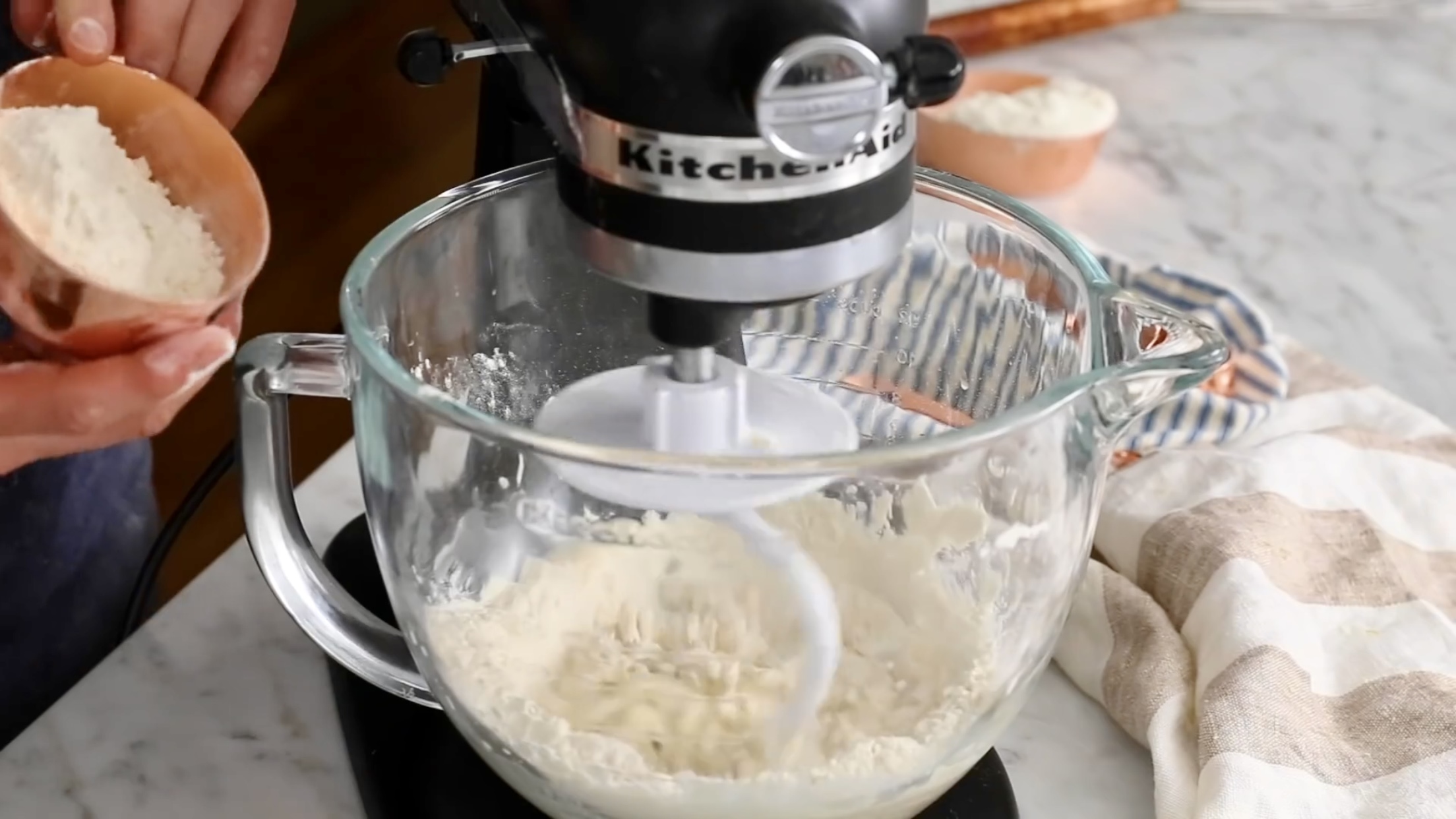Be gentle. Are you dive-bombing cold eggs into rapidly boiling water from a height of three feet?
First of all, don't shock the eggs. Bring them to room temperature. Lower them carefully into room-temperature water with a spoon so that they don't hit the bottom or their neighbor eggs. Put the pan on the stovetop, turn on the heat, bring the water just to a boil, turn the heat off, and let the eggs cook in the hot water for 12 to 15 minutes.
Once the time has elapsed, we put the pan in the sink and slowly run cold water into it, until the cold has completely replaced the hot. Then the eggs can be colored, stored in cold water in the refrigerator, or peeled, depending on your plan.
Often people prick the large end of the egg with a push-pin or – yes, there is a special gadget, an egg piercer – to equalize the pressure inside and outside the shell when the egg is cooking. This helps keep it from cracking, but it really is not ideal for eggs that you are going to dip in dye. It's best if the shell is completely intact. (Also, Shirley Corriher says that piercing a fresh egg may encourage cracking, rather than help prevent it.)
We're not aware of any water supplement that helps keep the shell from cracking. Perhaps you are thinking of adding a bit of vinegar to poaching water to help keep eggs out of the shell from spreading during poaching. Or perhaps you are thinking of adding salt to the water for hard-cooking eggs, as it keeps the white from spreading in an egg does crack. Or perhaps you know (vaguely) something we don't know. Or perhaps it's an old wives' tale.
We seldom have trouble with eggs cracking, but maybe we're just gentle people….

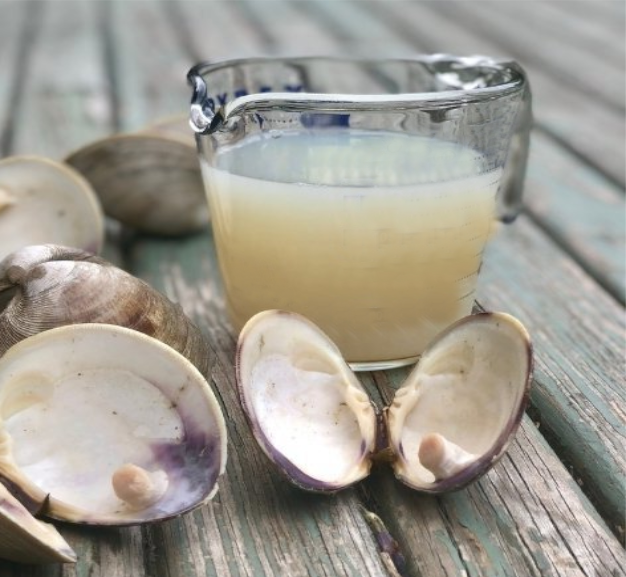






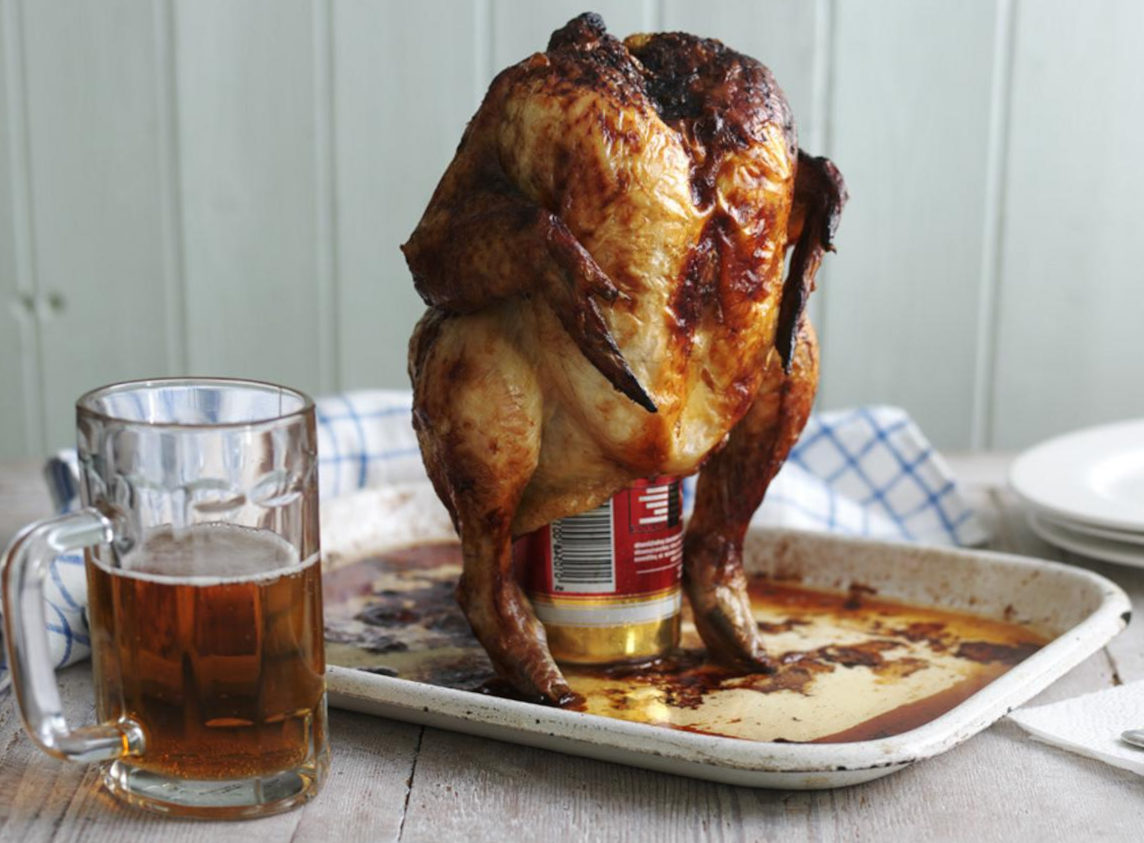
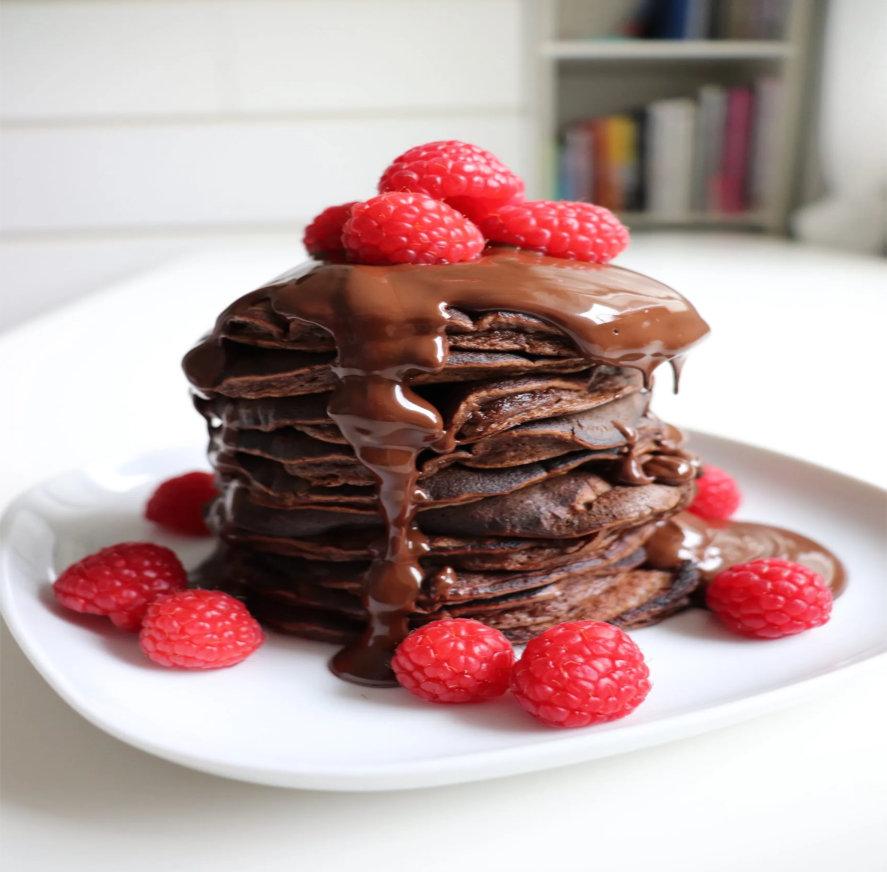
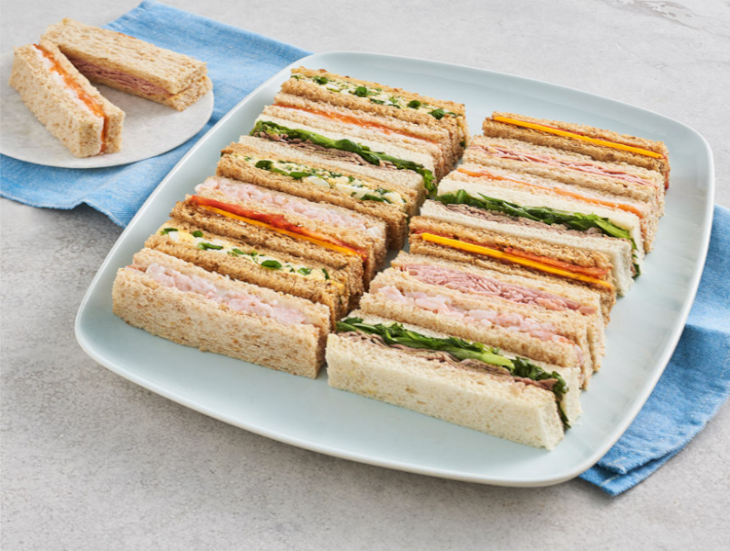



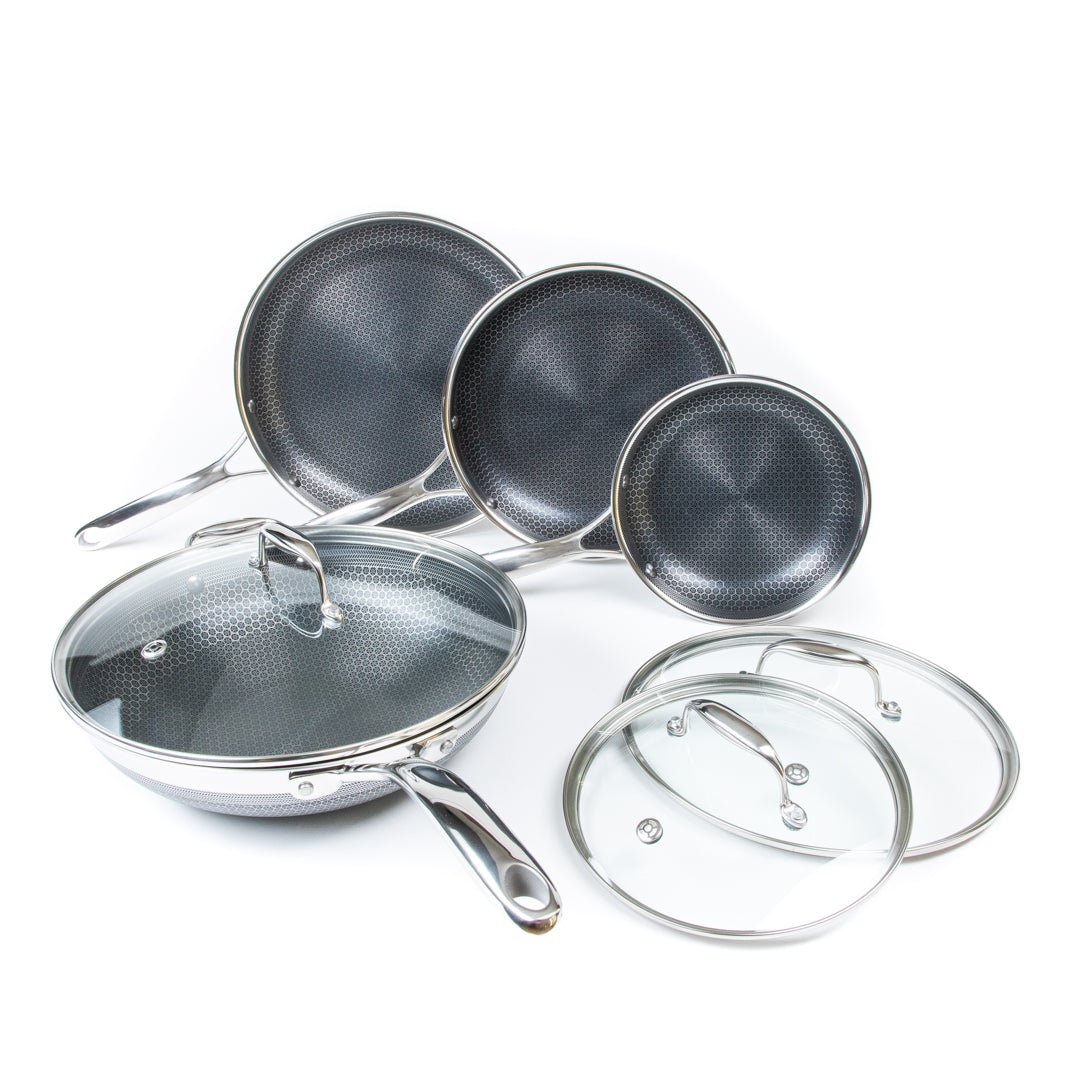


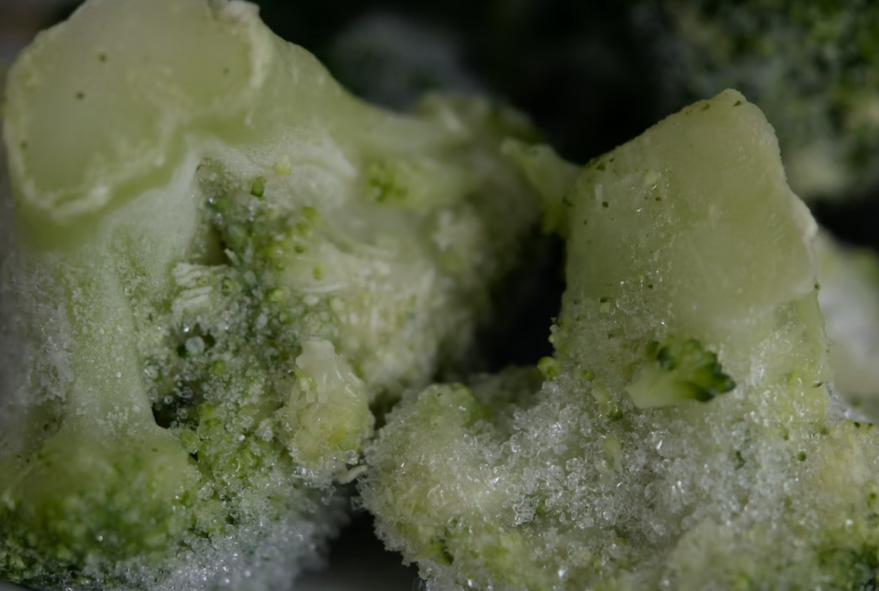
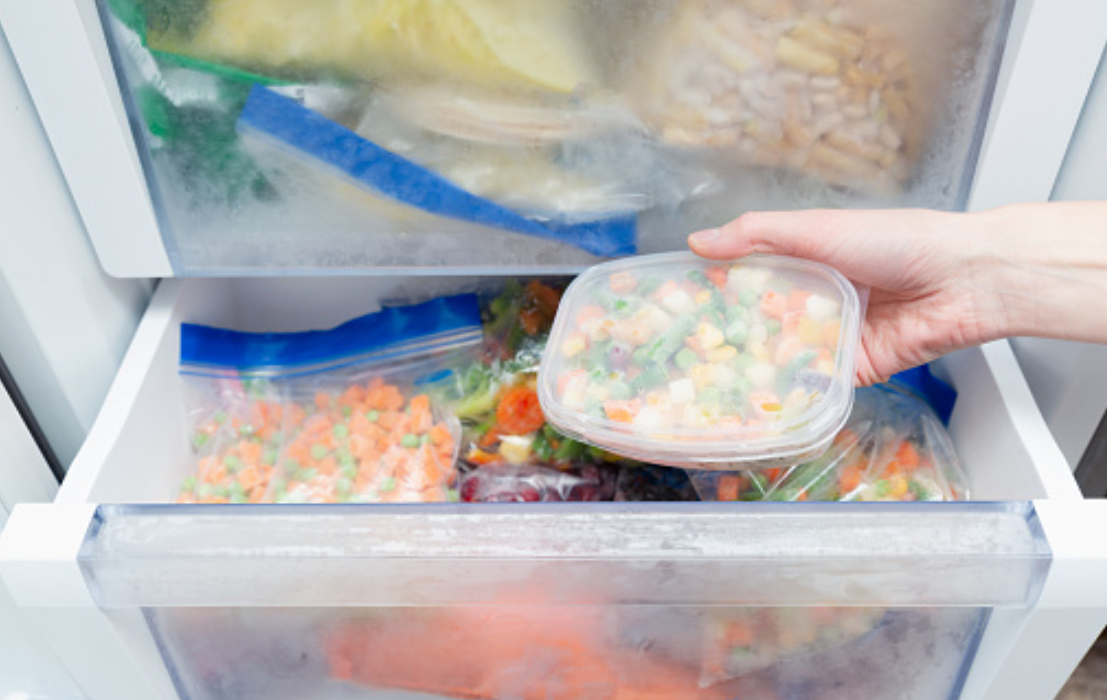
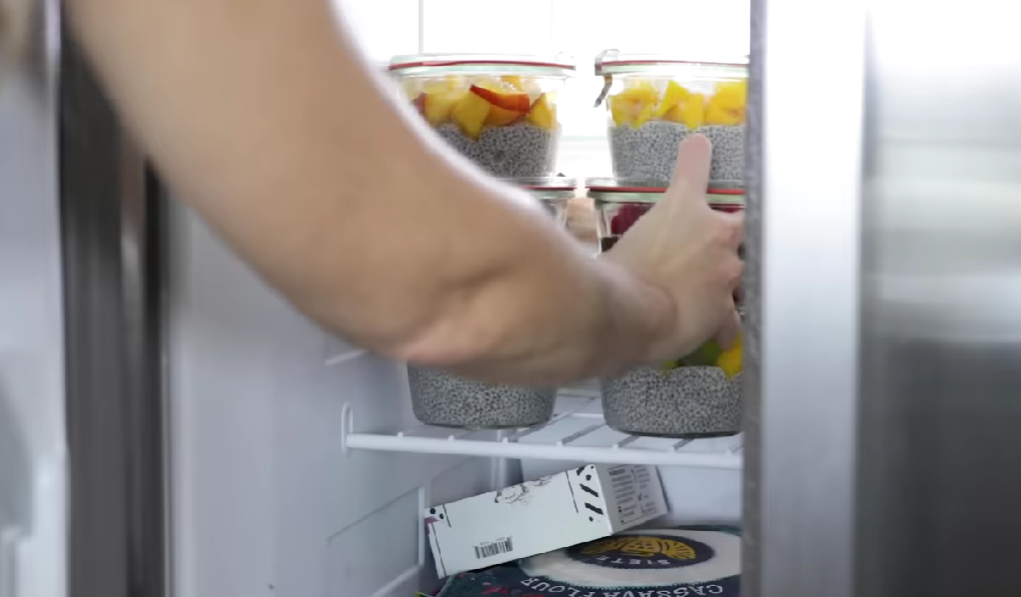

![Can you Cook Eggs in the Microwave? [Complete Guide]](/assets/images/c1f79d1cad59f18f9b5dc31403bd0eb2.png)

